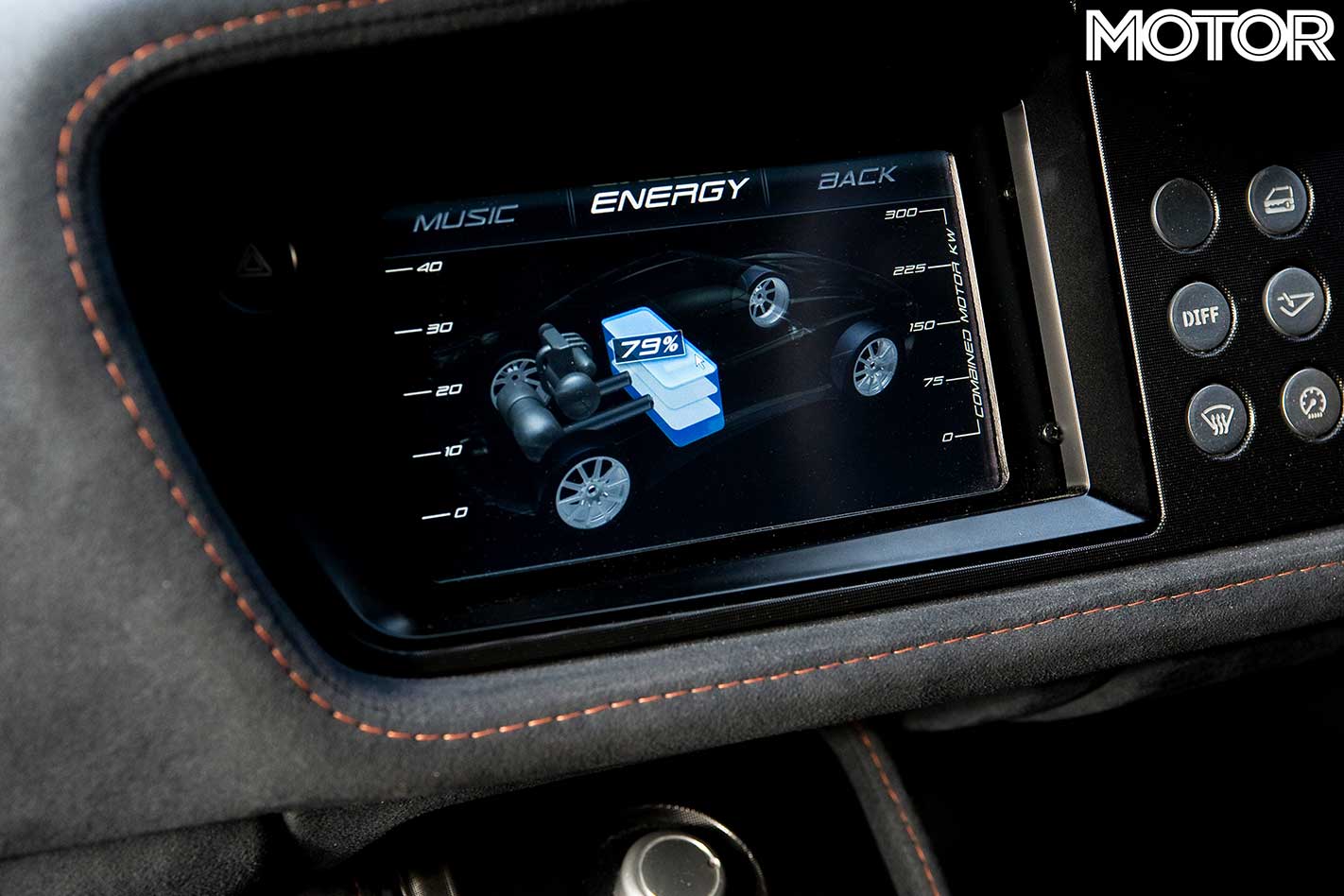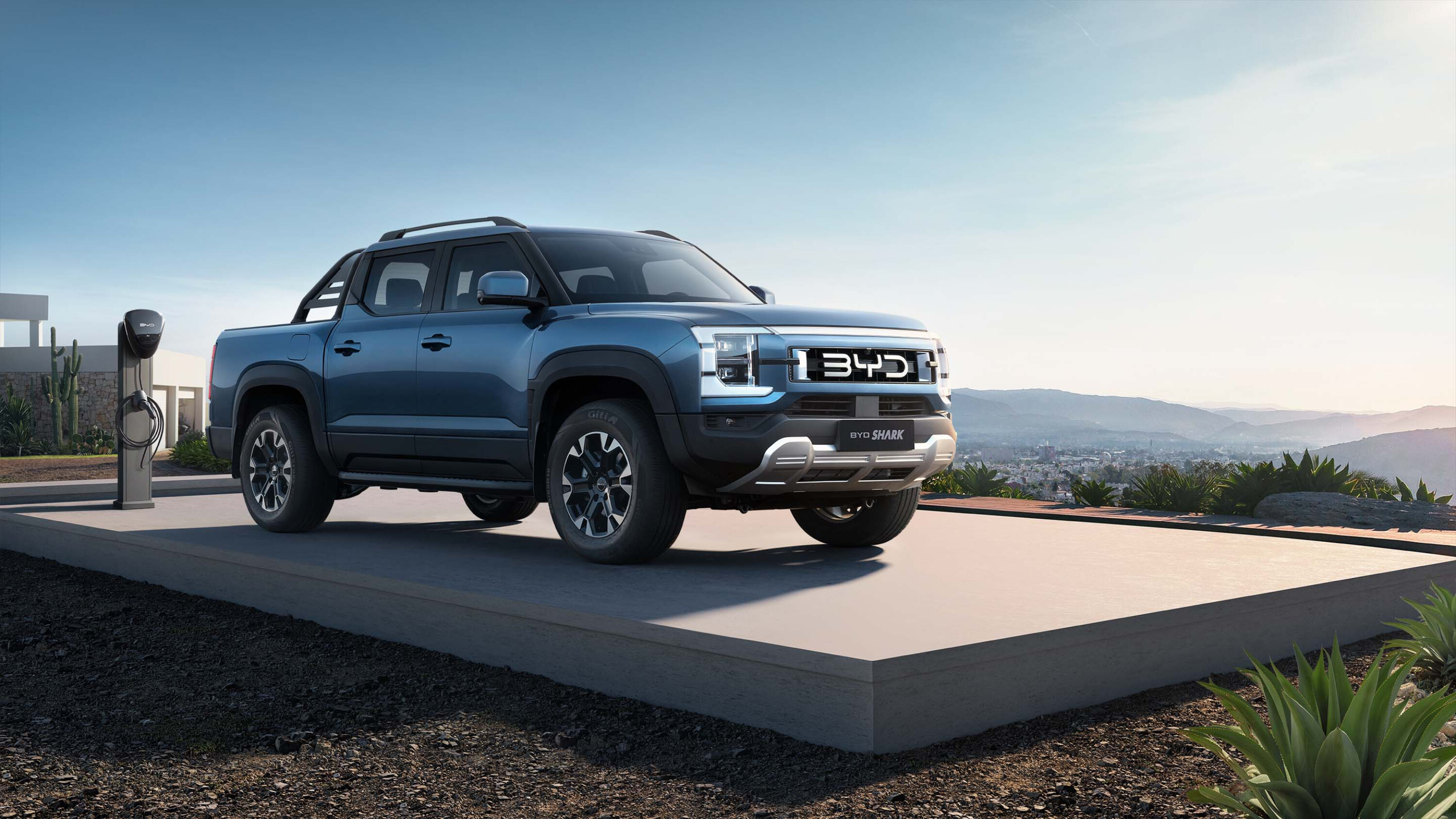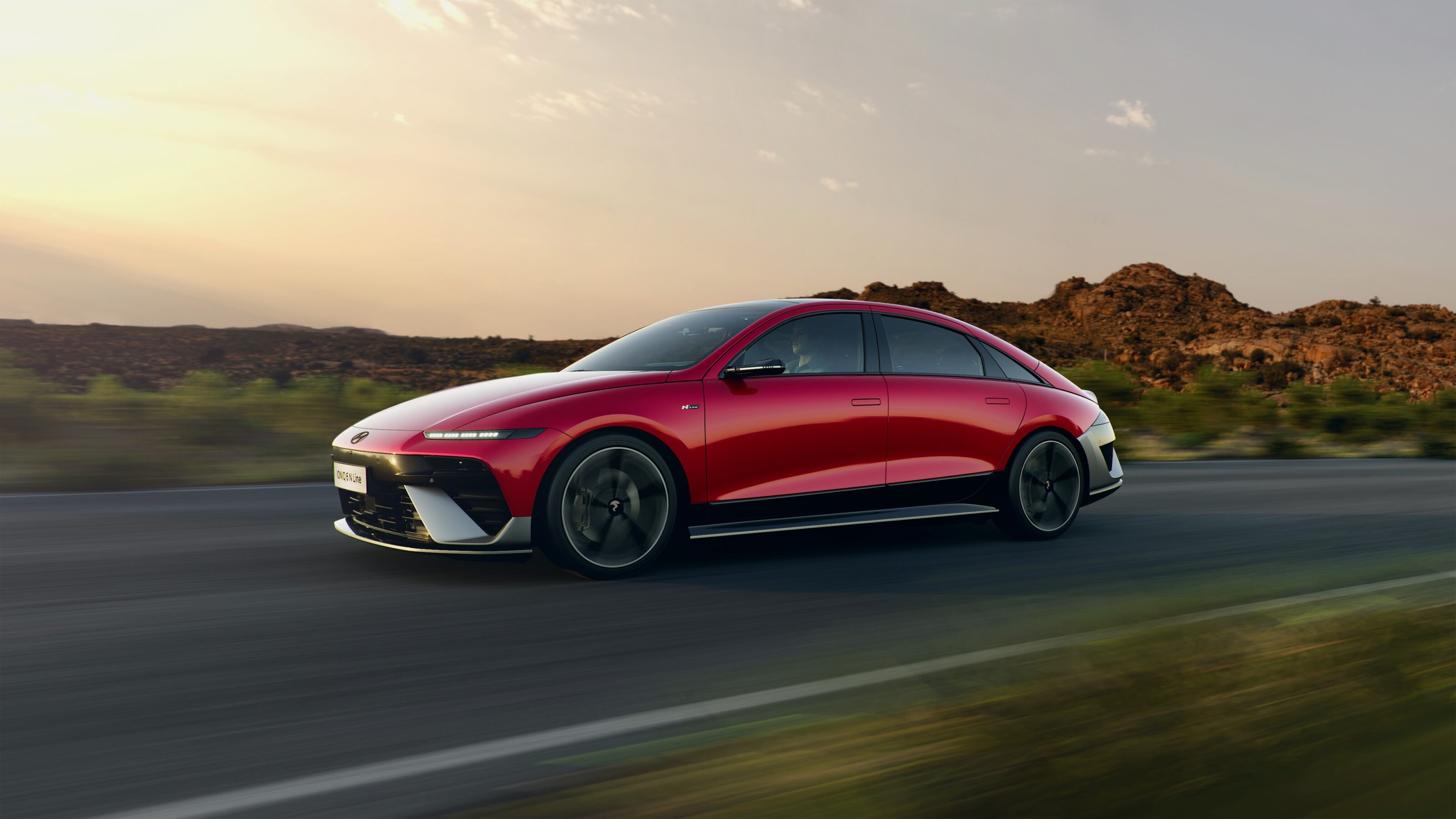Snapshot
- Next-generation Nexo, and Staria FCEV people mover due in 2023
- Hyundai to achieve a FCEV price point comparable to BEVs by 2030
- Will apply FCEV systems to all commercial vehicle models by 2028
- Fuel-cell tech to be expanded to fixed installations including homes and offices
Hydrogen vehicles are to become up to 50 per cent more affordable within the next few years, thanks to a new generation Hyundai fuel-cell system revealed today.
The Hyundai Motor Group used its Hydrogen Wave online global event to showcase to reveal its third-generation fuel-cell powertrains with 100kW and 200kW outputs.
The 100kW stack has reduced in size by 30 per cent, compared to the second-generation unit in the Hyundai Nexo FCEV SUV, making it easier to apply to different vehicle types and applications.
It will power the next-generation Nexo and an FCEV version of the new Staria people-mover, which are expected to launch in late 2023, with Kia and Genesis FCEV models to follow.
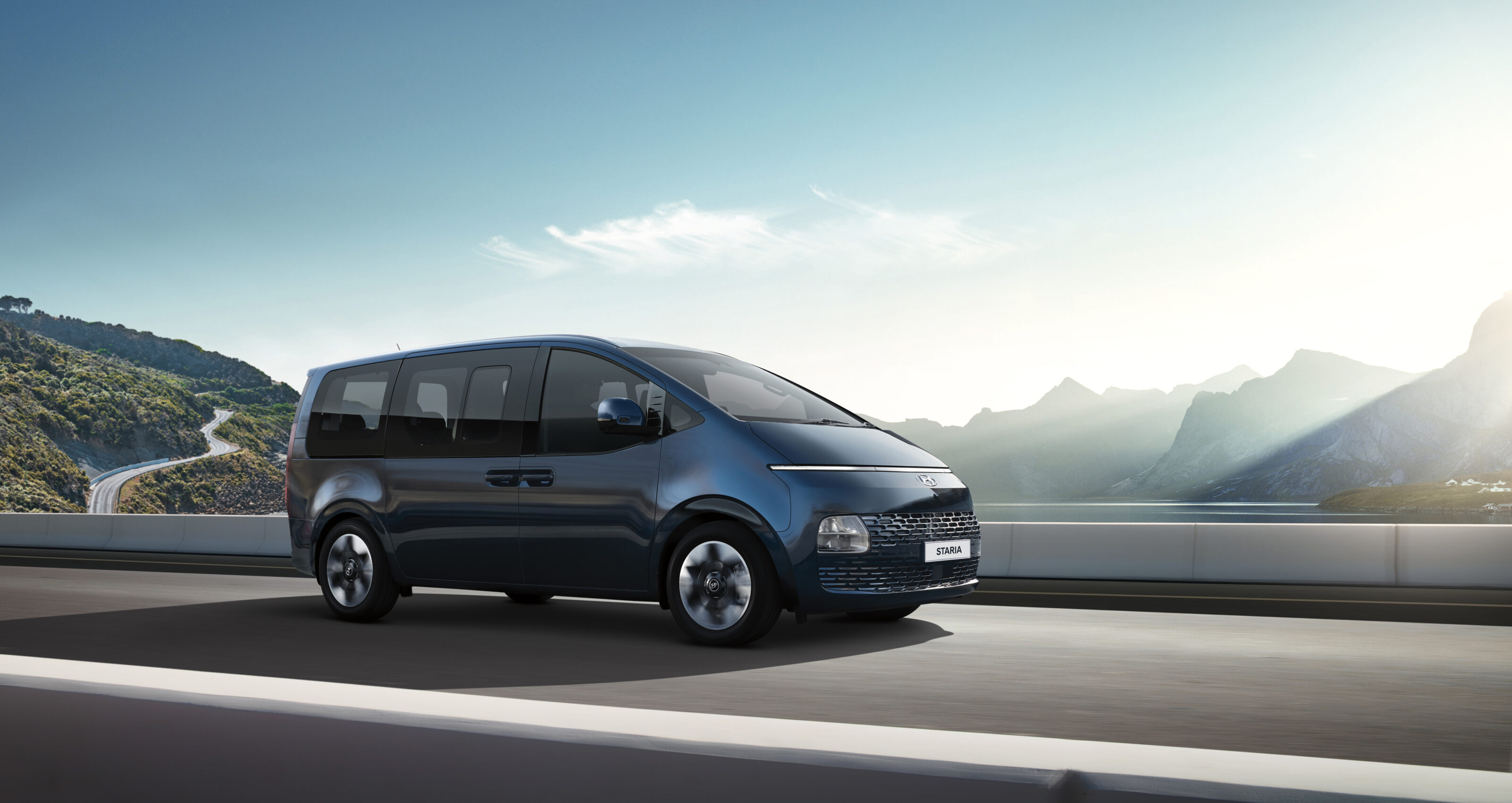
The 200kW version has been designed for commercial vehicle applications including heavy trucks and buses and is similar in size to the current unit in the Nexo, but with twice the power output.
They will be introduced alongside battery-electric commercial vehicles, which Hyundai remains committed to.
The price of the third-generation fuel-cell stack will also be dramatically reduced – with projections being upwards of more than 50 per cent – which will be the key factor to achieving cost parity of FCEVs with increasingly more affordable BEVs by 2030.
This will be achieved by reducing the production costs, and assisted by economies of scale – as hydrogen technology takes off across a range of mobility and power-generation applications around the world.
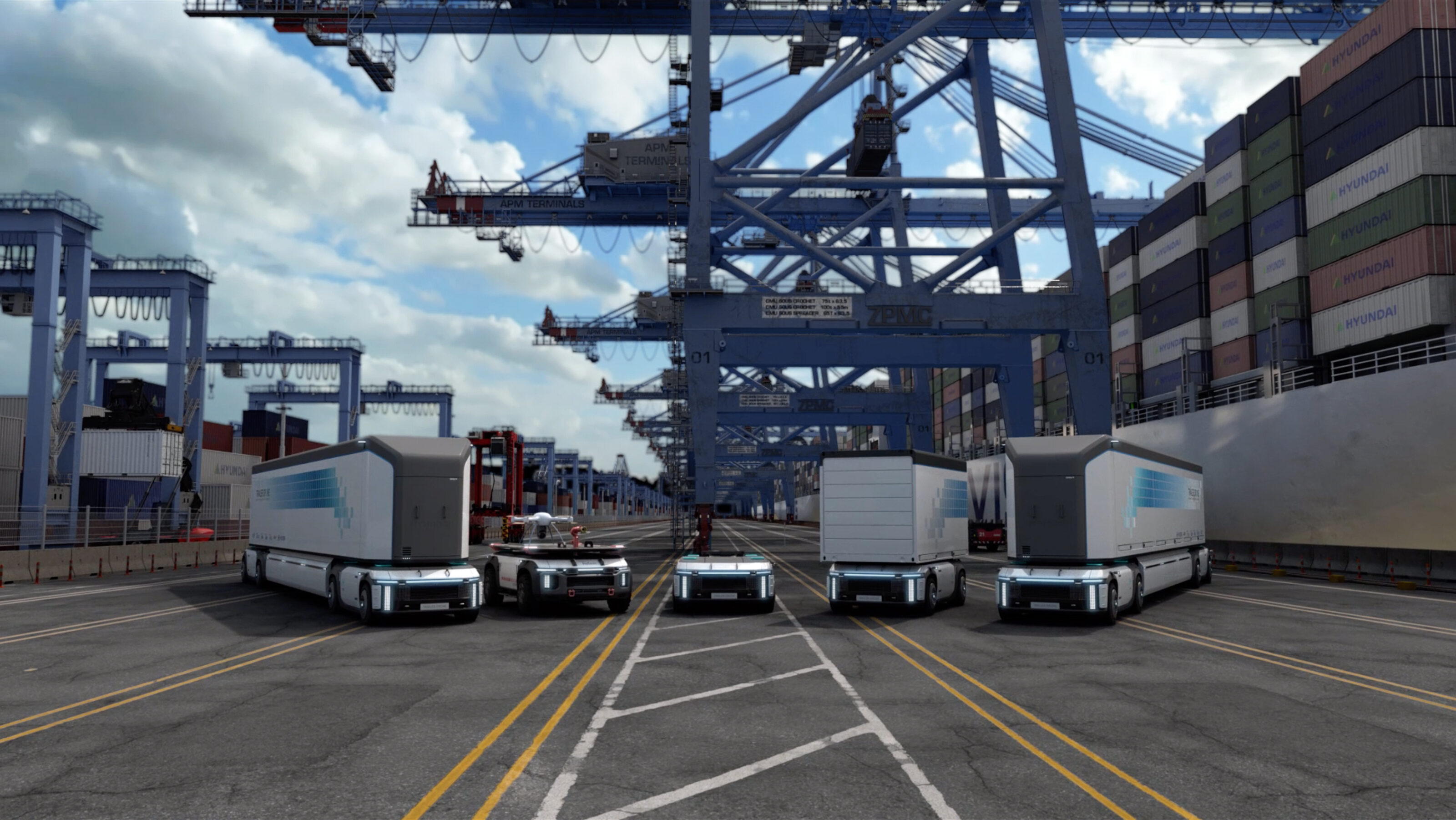
Hyundai also revealed a ‘Full-Flat’ fuel-cell system which lowers stack height to just 25cm, allowing it to be used for various applications such as vans, people-movers and autonomous multipurpose vehicles.
The third-generation fuel-cell system can also be stacked to create a larger module, generating outputs ranging from 500kW to 1MW, to power everything from large ships to energy-intensive IT databases. Hyundai is also aiming to further the technology to provide energy solutions for fixed buildings as part of its ‘Hydrogen Vision 2040’ goals.
“Hyundai Motor Group’s vision is to apply green hydrogen energy in all areas of life and industry such as our homes, workplaces and factories,” said Chairman of the Group, Euisun Chung.
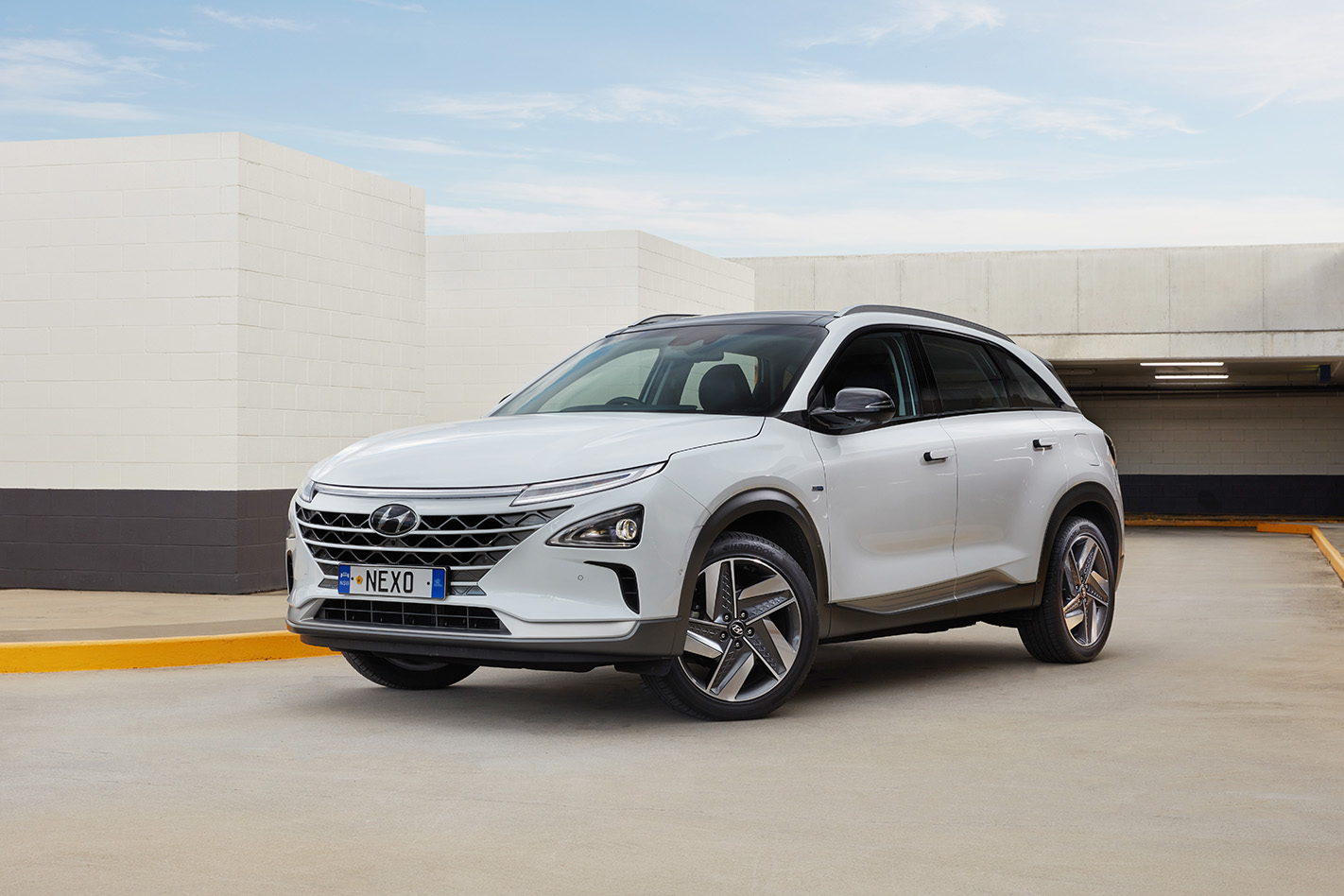
“The goal is to make hydrogen readily usable for everyone, everything, and everywhere. We want to offer practical solutions for the sustainable development of humanity, and with these breakthroughs, we aim to help foster a worldwide Hydrogen Society by 2040.”
Hyundai has been developing hydrogen fuel-cell technology since 1998 which led to its first FCEV, the ix35 Fuel Cell SUV in 2013, the Nexo FCEV in 2018 and the world’s first heavy-duty fuel cell truck, the XCIENT Fuel Cell, in 2020.
The company believes FCEV and BEV can co-exist, though hydrogen is more likely to be used with heavy vehicles.
We recommend
-
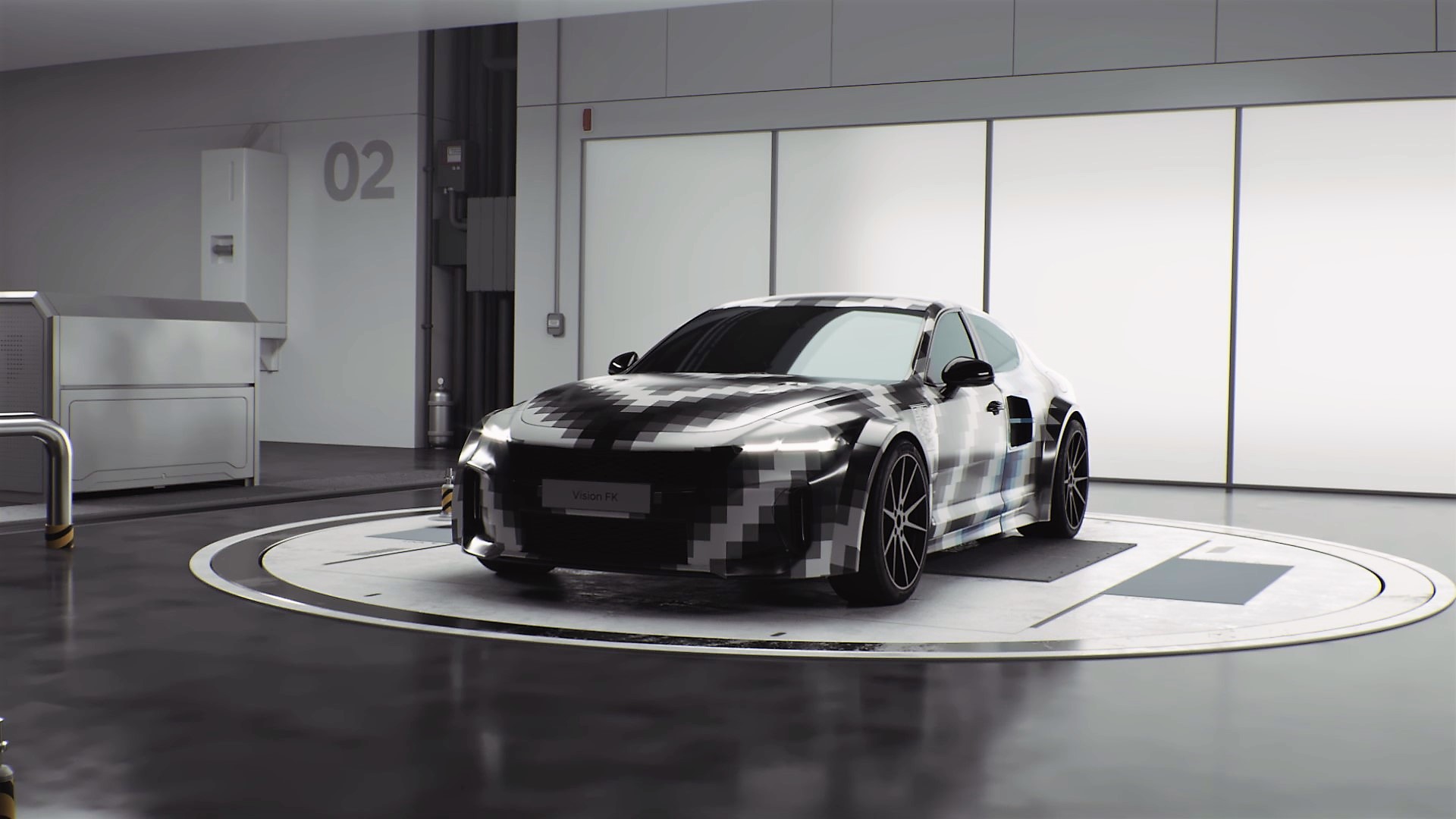 News
NewsHyundai reveals 500kW Vision FK hydrogen sports car prototype
The Vision FK joined several interesting Hyundai FCEV transport concepts at the HydroVille exhibition in South Korea
-
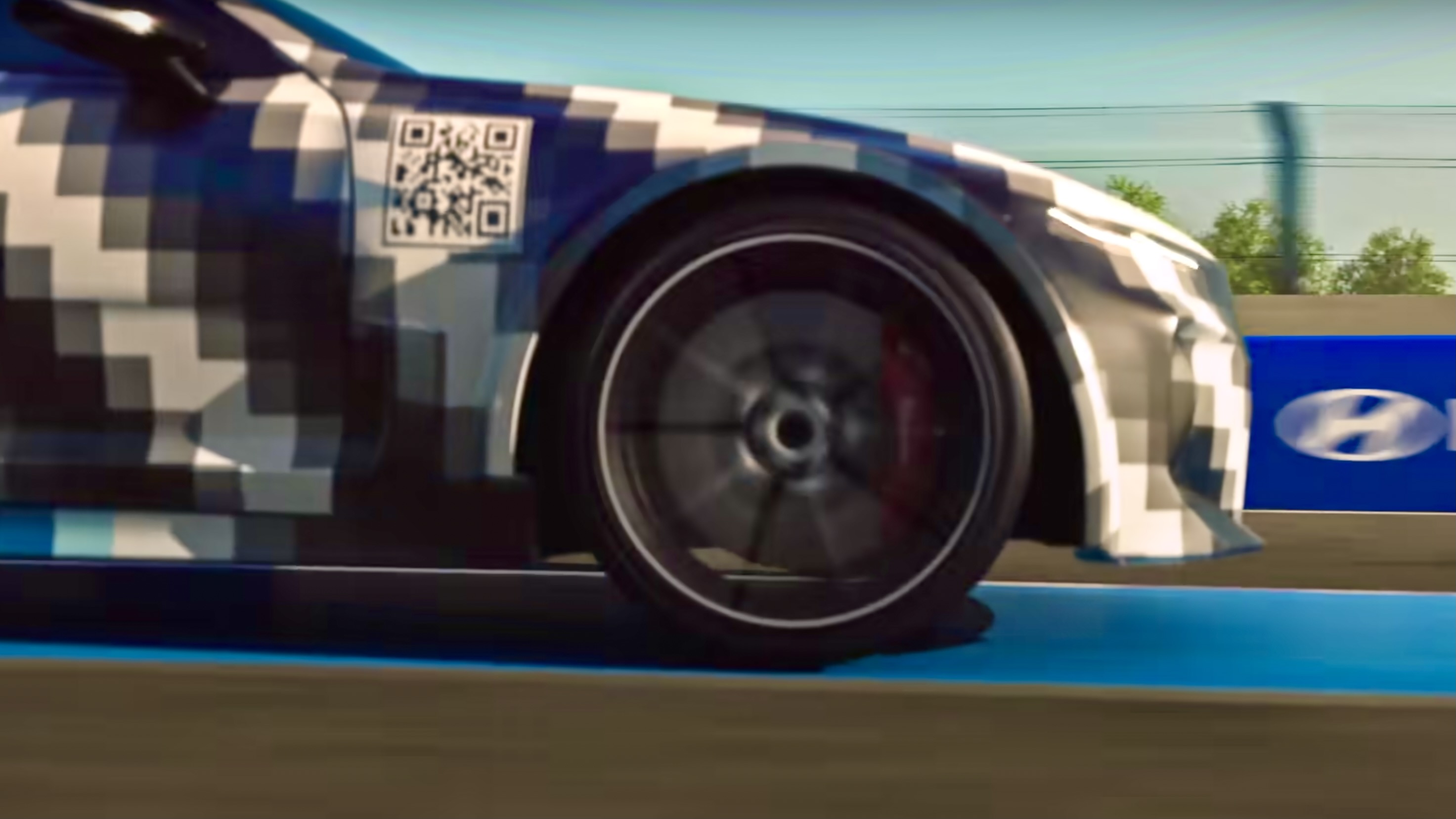 News
NewsVideo: Hyundai teases hydrogen sports sedan ahead of unveiling
The Korean firm is exploring the use of hydrogen to power a forthcoming performance sedan
-
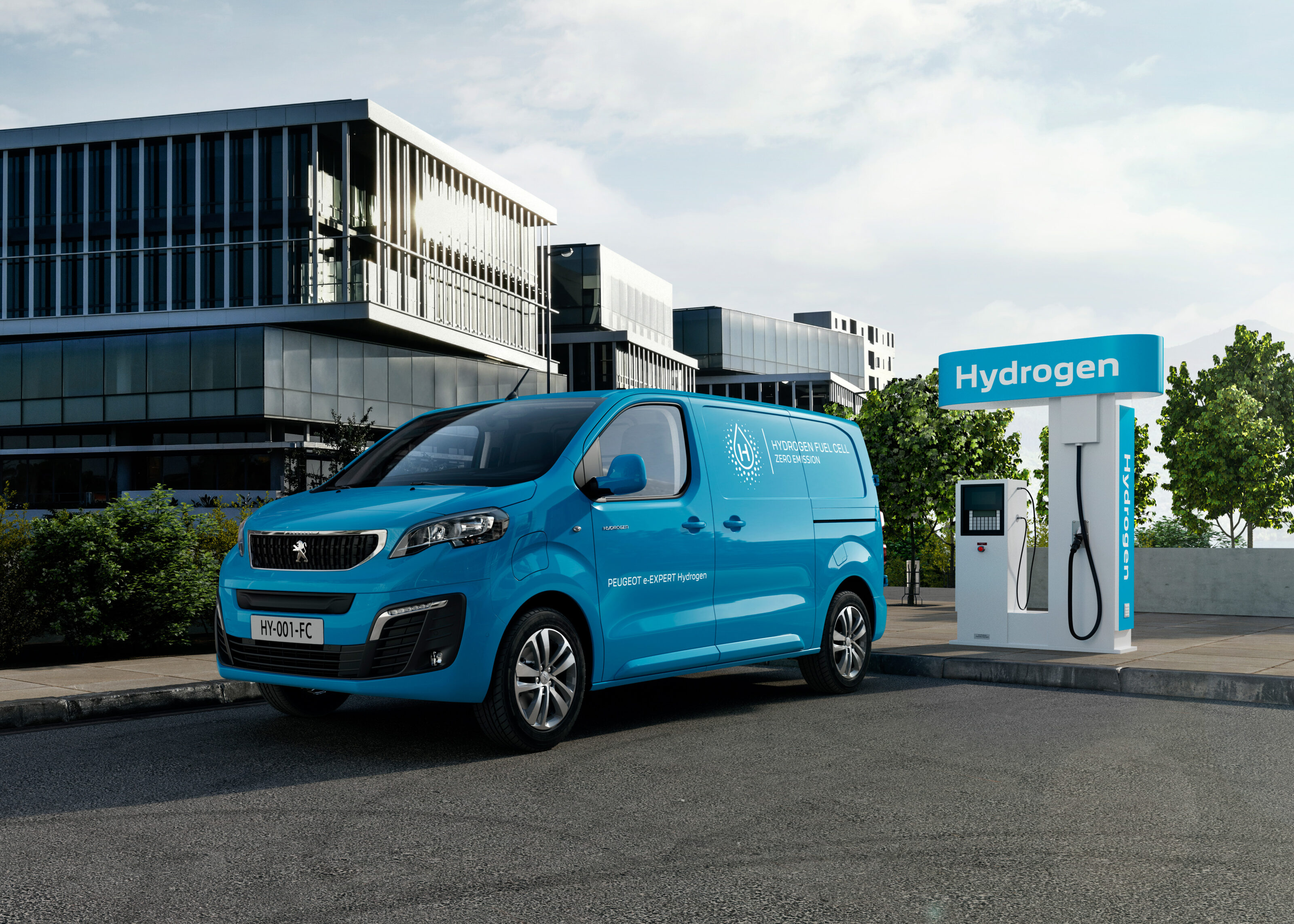 News
NewsHydrogen-powered Peugeot e-Expert revealed
Hydrogen-fuelled LCV set for European release in the fourth quarter of 2021




